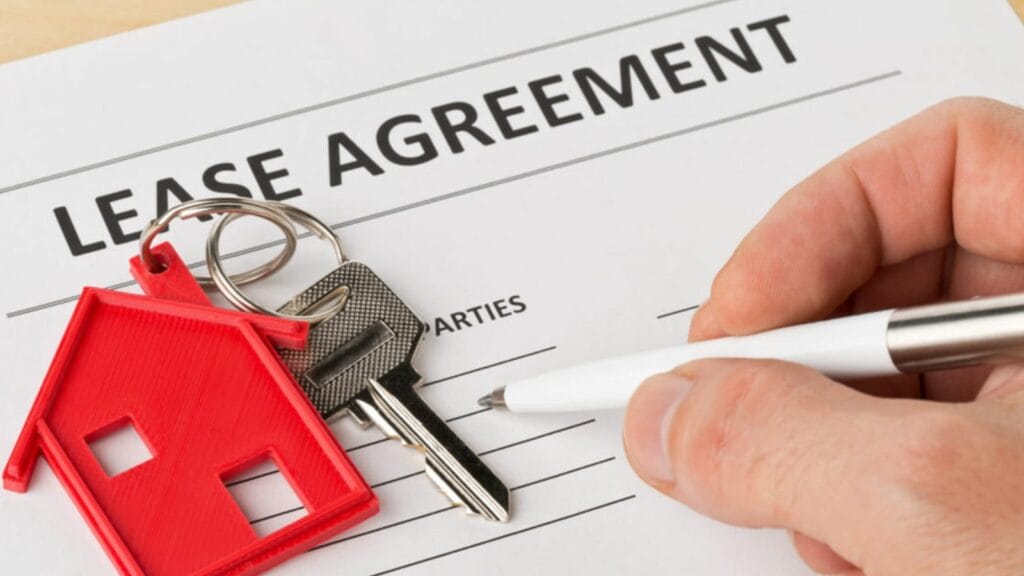Most Canadians notice when car prices spike, but few realize how tariffs quietly inflate monthly lease payments. Whether it’s a compact SUV or a luxury sedan, cross-border tensions and retaliatory tariffs are slipping into your contract one hidden fee at a time. Here are 21 ways tariffs are silently driving up lease prices across Canada:
Reduced Residual Values

Tariffs create uncertainty, and that hits hardest in lease math. Automakers lower residual values to hedge against future resale risk, which drives up monthly payments for Canadians. A $40,000 SUV that used to lease for $525 per month might now sit closer to $600, even without significant changes to the base price. When manufacturers are not sure what it’ll be worth in three years, thanks to tariffs, your lease quietly absorbs the risk. It’s one of the stealthiest ways tariffs mess with your budget, especially on popular models like the Toyota RAV4 or Ford Escape.
Limited Trim Availability
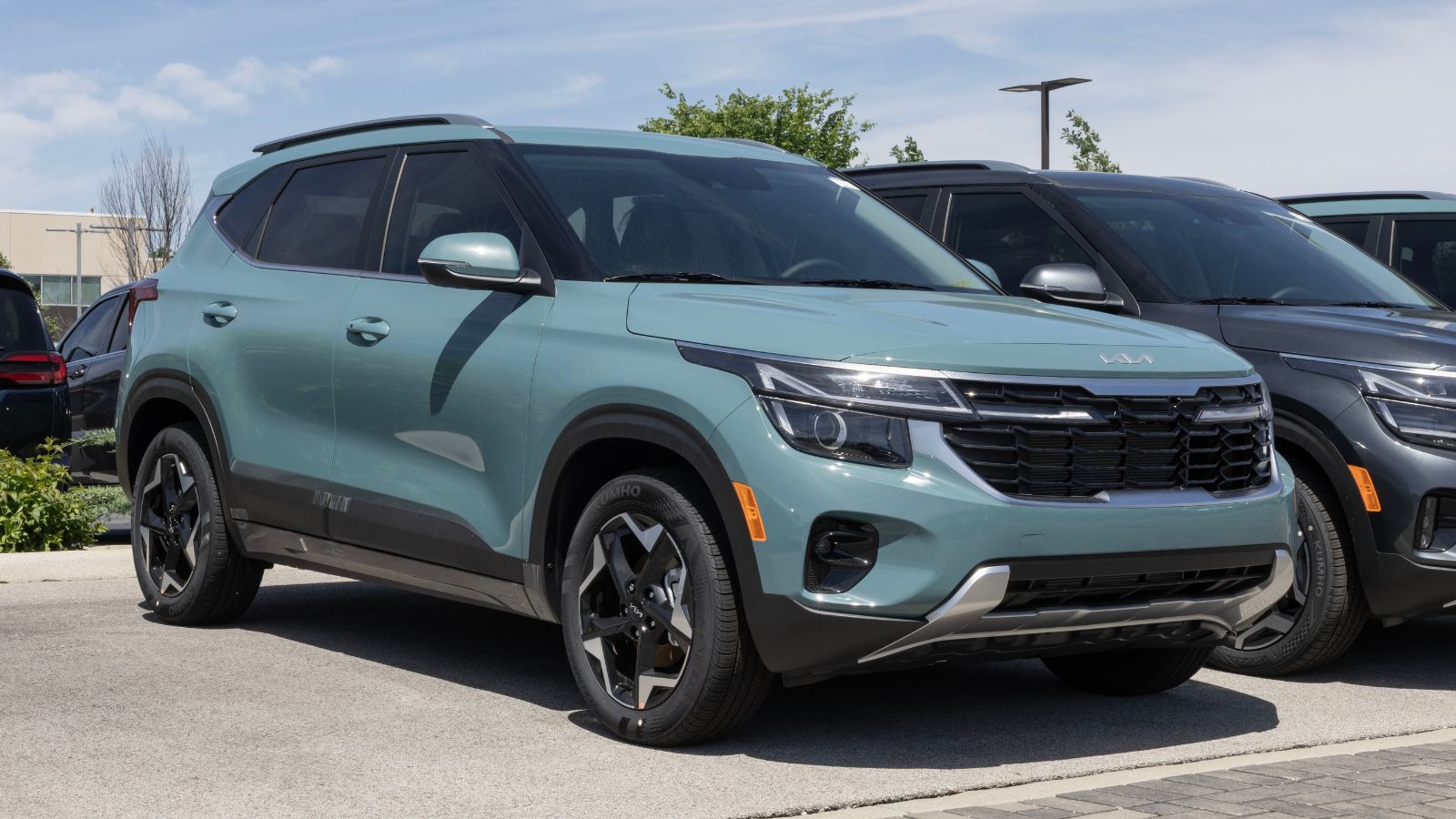
When tariffs disrupt supply chains, Canadian dealers often receive fewer trim levels, particularly on high-demand or mid-tier models. This has led to many popular models, such as the mid-level Honda CR-V Sport or Kia Seltos EX, being delayed or replaced by more expensive versions. With fewer options, lease programs become less competitive. That means fewer discounts, weaker incentives, and higher lease rates across the board. Shoppers seeking the sweet spot between base and luxury are left paying more for less, without realizing that tariffs have triggered the squeeze.
Increased Freight and PDI Fees

Tariffs on parts and vehicles increase delivery costs, and automakers quietly fold that into freight and PDI, or pre-delivery inspection, charges. In Canada, these fees can already be relatively high, but some brands have increased them even further to recover tariff-related losses. A standard $2,095 fee for a Volkswagen Tiguan, for example, can increase by $100–$300 overnight. Those leasing a vehicle can expect a hike that gets amortized into monthly payments.
Lower Incentives on U.S.-Built Vehicles
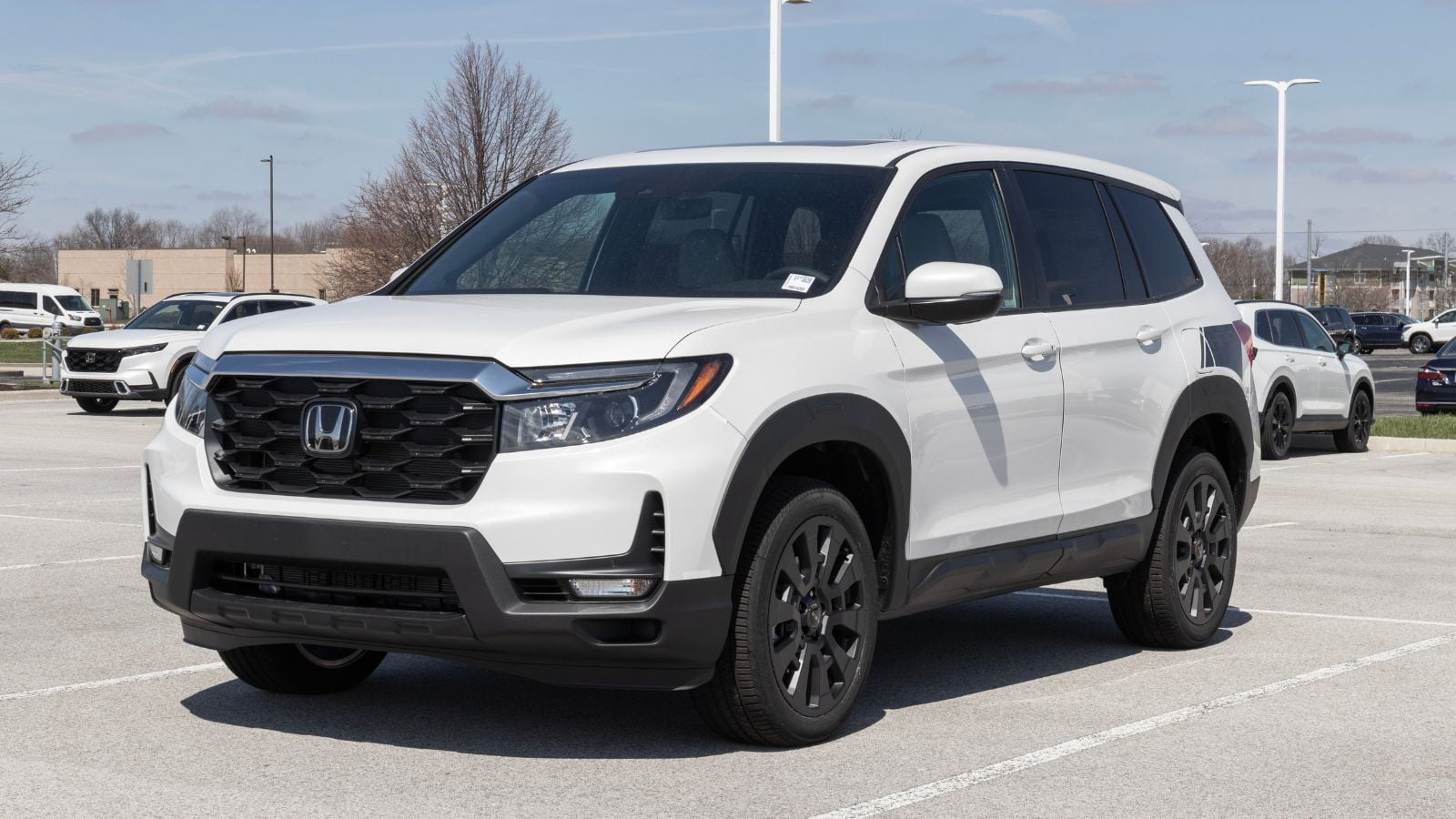
Many of Canada’s top-selling vehicles, such as the Ford Edge, Honda Passport, and Chevrolet Equinox, are built in the U.S. Tariffs make these vehicles more expensive to import, forcing automakers to reduce lease cash or loyalty offers. Where there was once a $1,500 bonus, now there’s nothing. With smaller incentives, the monthly lease price quietly inflates, and shoppers are none the wiser. If your favorite crossover suddenly costs $40/month more to lease, odds are tariffs are playing a part, even if the showroom doesn’t say so.
EV Lease Prices Are Climbing Faster

Electric vehicles are among the hardest hit when it comes to tariffs on rare earth metals and imported battery tech. As a result, lease pricing on EVs like the Hyundai IONIQ 5 or Chevy Bolt has ballooned. In many cases, leasing used to be a cost-saving move; however, monthly payments now approach or even exceed financing options. High MSRPs combined with limited incentives and battery-related import costs mean EV leases no longer offer the bargain they once did, and tariffs are the hidden culprit in this eco-friendly price surge.
Tariffs on Aftermarket Parts Affect Lease Returns
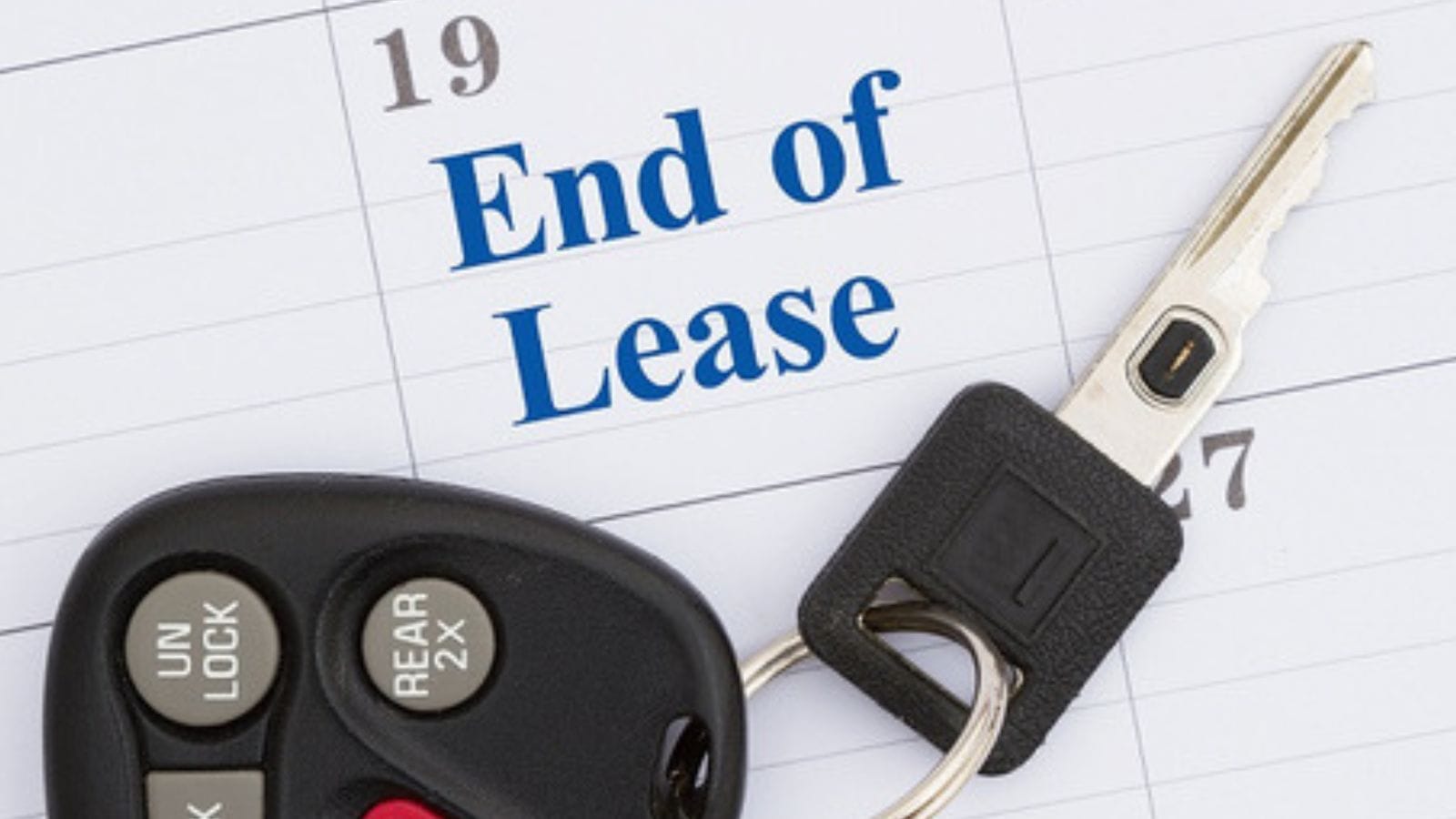
Damage claims at lease return have become pricey now, thanks to tariffs on imported parts, and repairs cost more than ever. Whether it’s a cracked bumper, scratched alloy wheel, or dented door panel, dealerships charge higher fees to cover tariff-inflated parts and labor. These inflated end-of-lease charges discourage lessees from customizing or lightly modifying their cars, and even minor damage can cost hundreds more than it did just a year ago.
Luxury Lease Deals Are Disappearing

In the luxury segment, lease deals were once the go-to option for getting behind the wheel of a Mercedes, BMW, or Audi without paying the full price. But tariffs on European imports have eroded lease support. Fewer subsidized programs mean higher interest rates and lower residuals. Where you once found a $699/month lease on a GLE-Class, you’ll now see $899 or more, even with the same down payment. Tariffs have turned premium leases into premium burdens, without many Canadians realizing why the costs have increased.
Cross-Border Dealer Arbitrage Is Vanishing

For years, savvy Canadian lessees headed to U.S. border towns to take advantage of deeper dealer discounts and better-stocked inventory. However, with tariffs on parts and finished vehicles, many American dealerships now refuse to lease across the border or charge a premium for doing so. Meanwhile, Canadian dealerships have raised prices to account for lost competitiveness. Automakers are also enforcing stricter regional pricing rules, further eliminating opportunities for cross-border deals. What was once a well-known lease hack has become a relic, and without that fallback, Canadians are stuck with higher domestic lease rates and less room to negotiate.
Currency Volatility Adds Fuel to the Fire

When tariff tensions flare, the Canadian dollar often takes a hit, especially against the U.S. dollar. Since most vehicles leased in Canada rely on U.S.-based manufacturing or imported components, the weaker loonie adds immediate cost pressure. Automakers raise lease rates or adjust money factors to hedge against currency risk, which gets quietly baked into the monthly payment. Even if the MSRP hasn’t changed, lessees may find themselves paying $50 to $100 more per month. Tariffs inflate the cost of parts, which then ripple through foreign exchange rates and are reflected in lease pricing, often without most consumers even realizing it.
Scarcity of Entry-Level Models
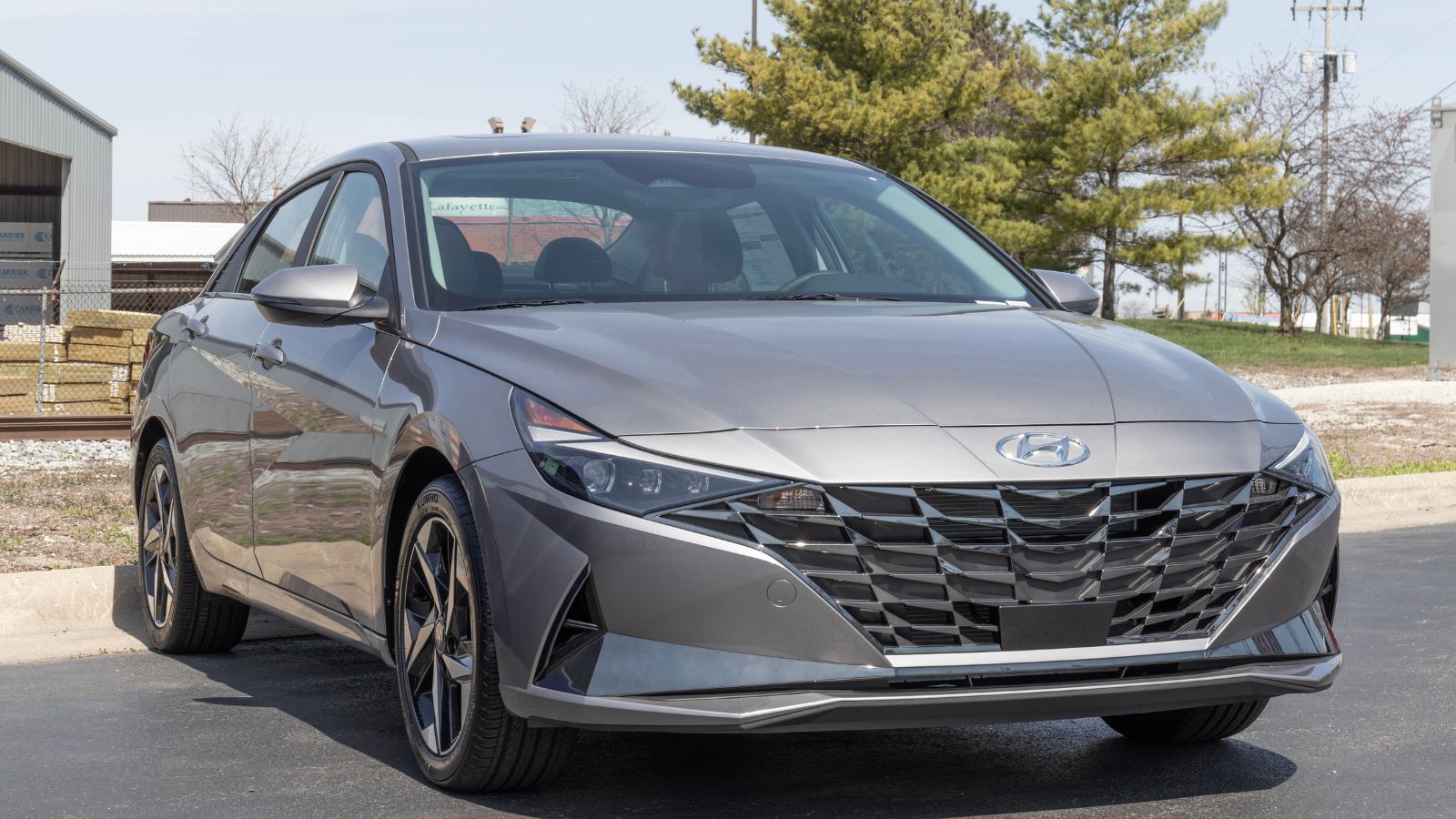
Entry-level trims once provided an affordable entry point for Canadian lessees, especially on models like the Honda Civic, Hyundai Elantra, or Toyota Corolla. However, as tariffs increase the cost of materials and manufacturing, automakers are focusing production on mid- and top-tier versions, which offer higher profit margins. Base models are often cut entirely or are only available by custom order. That means higher monthly payments by default, since you are leasing a more expensive version, whether you need the extra features or not.
Fewer Low-Mileage Lease Programs

Low-mileage lease options, like 12,000 km/year programs, were once a go-to for budget-conscious Canadians who didn’t drive much. They offered lower payments without sacrificing the new car experience. But with tariffs inflating vehicle costs and squeezing automaker margins, many manufacturers have cut these programs entirely. Instead, lessees are funneled into leases of 16,000 km or 20,000 km with higher monthly rates. Even if your commute hasn’t changed, your lease likely has, and what used to save you $40 to $60 per month is replaced by a one-size-fits-all approach that pads automaker margins in a tariff-constrained market.
Pickup Truck Leases Hit Especially Hard
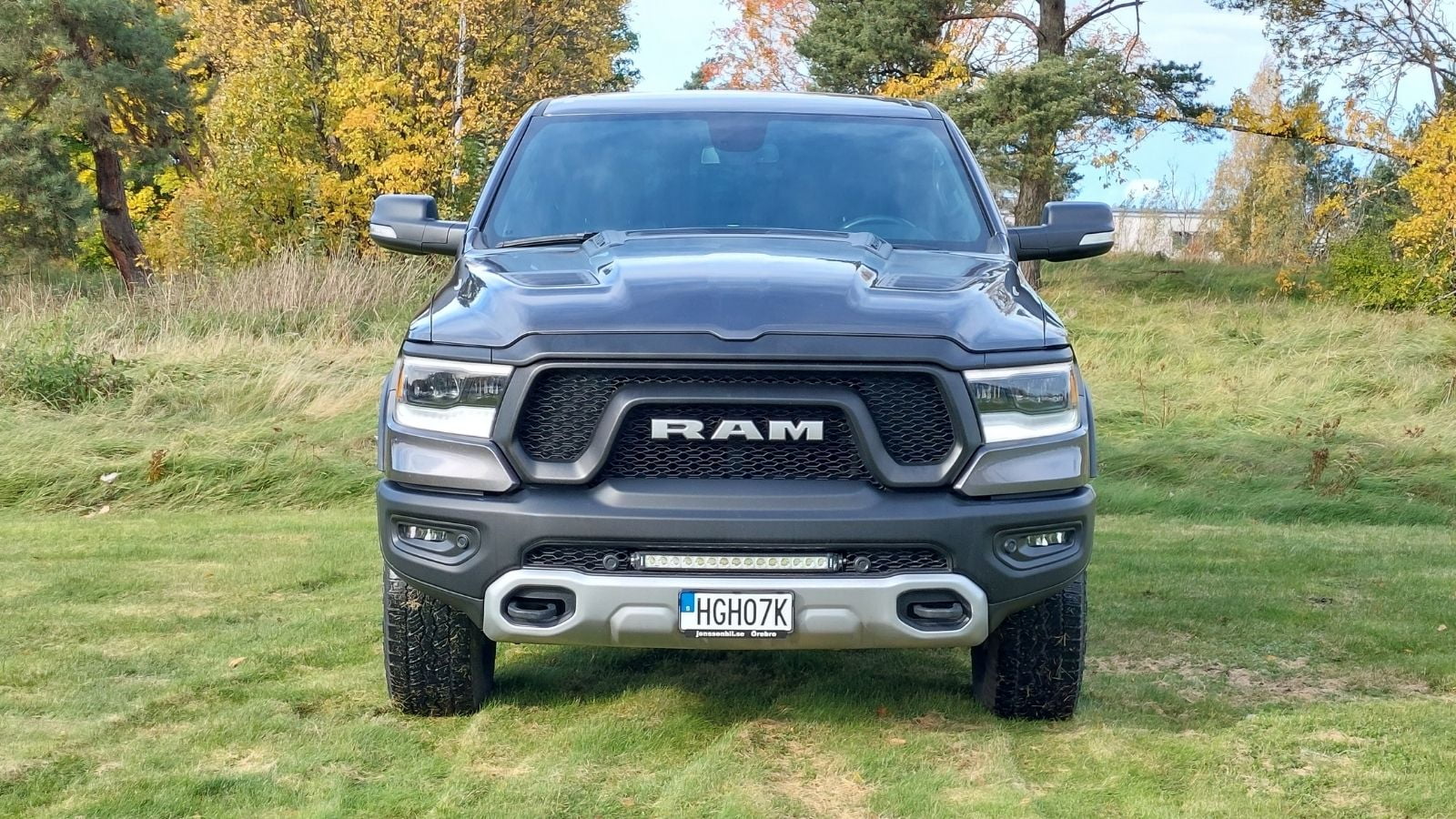
Full-size pickups, such as the Ram 1500, Ford F-150, and Chevy Silverado, rely heavily on steel, aluminum, and U.S.-assembled components, all of which are impacted by cross-border tariffs. Lease programs for trucks have suffered across the board, with incentives thinner, residual values lower, and freight surcharges rising. A lease that once cost $475 per month for a well-equipped 4×4 can now exceed $600 without any major feature upgrades.
Tariffs Disrupt Seasonal Promotions
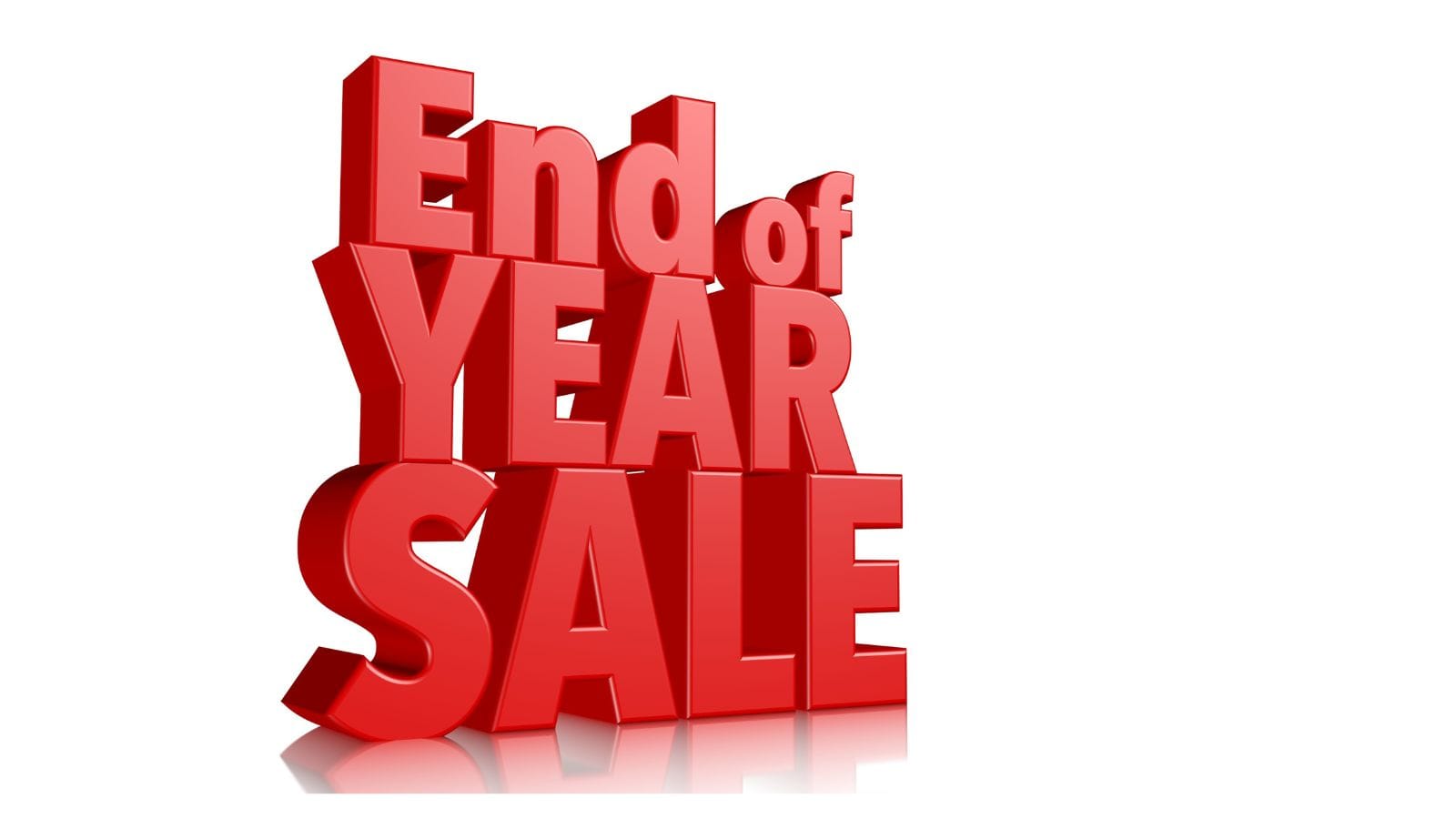
Seasonal lease promotions, particularly in spring and fall, have long been crucial for Canadian dealerships seeking to clear their inventory. But tariff uncertainty is making it harder for automakers to plan and deliver aggressive national offers. With vehicle prices rising due to supply chain issues and import taxes, zero-down, low-interest lease events are becoming fewer and less generous. Instead of $1,500 factory credits or 0.9% lease rates, lessees now face $2,000 upfront costs and higher APRs. Tariffs may not be visible on the window sticker, but they’re eroding the promotional incentives Canadians have come to rely on each season.
Increased Turnover Time on New Stock
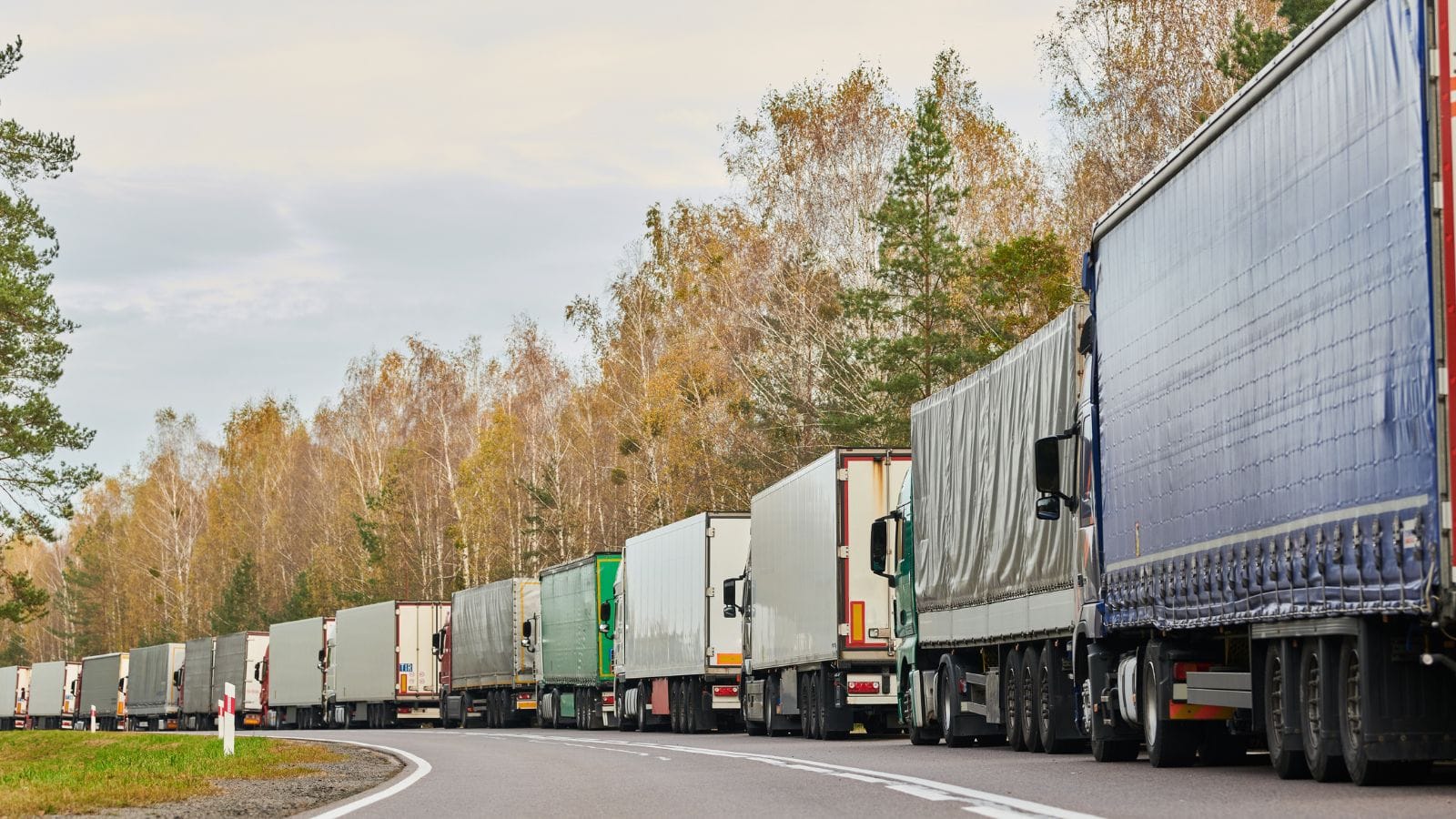
Tariffs complicate the import and distribution process, often resulting in delayed vehicle shipments at ports or customs. The extra red tape lengthens the time it takes for new vehicles to reach Canadian dealerships, and once there, stock doesn’t move as quickly due to higher prices. This has resulted in slower inventory turnover and fewer aggressive lease deals to clear older models. Dealers are forced to hold firm on pricing, even as newer model years arrive. This backlog also impacts trade-ins, lease swaps, and early returns, making it more complex and more expensive for Canadians to upgrade without penalty or delay.
Tariffs Have Shrunk Dealer Margins

Tariff-driven price increases affect automakers and hit local dealerships directly. When margins shrink due to higher wholesale costs, dealers have less flexibility to negotiate or throw in extras like winter tires, all-weather mats, or service packages. In the lease world, this means less room to absorb negative equity, lower discounts on extended warranties, and tighter approval conditions. What used to be a $399/month lease with wiggle room might now be fixed at $459. Tariffs narrow the financial breathing room on both sides of the desk, turning what used to be a win-win into a tighter, costlier transaction.
Leasing Programs Are Shortening
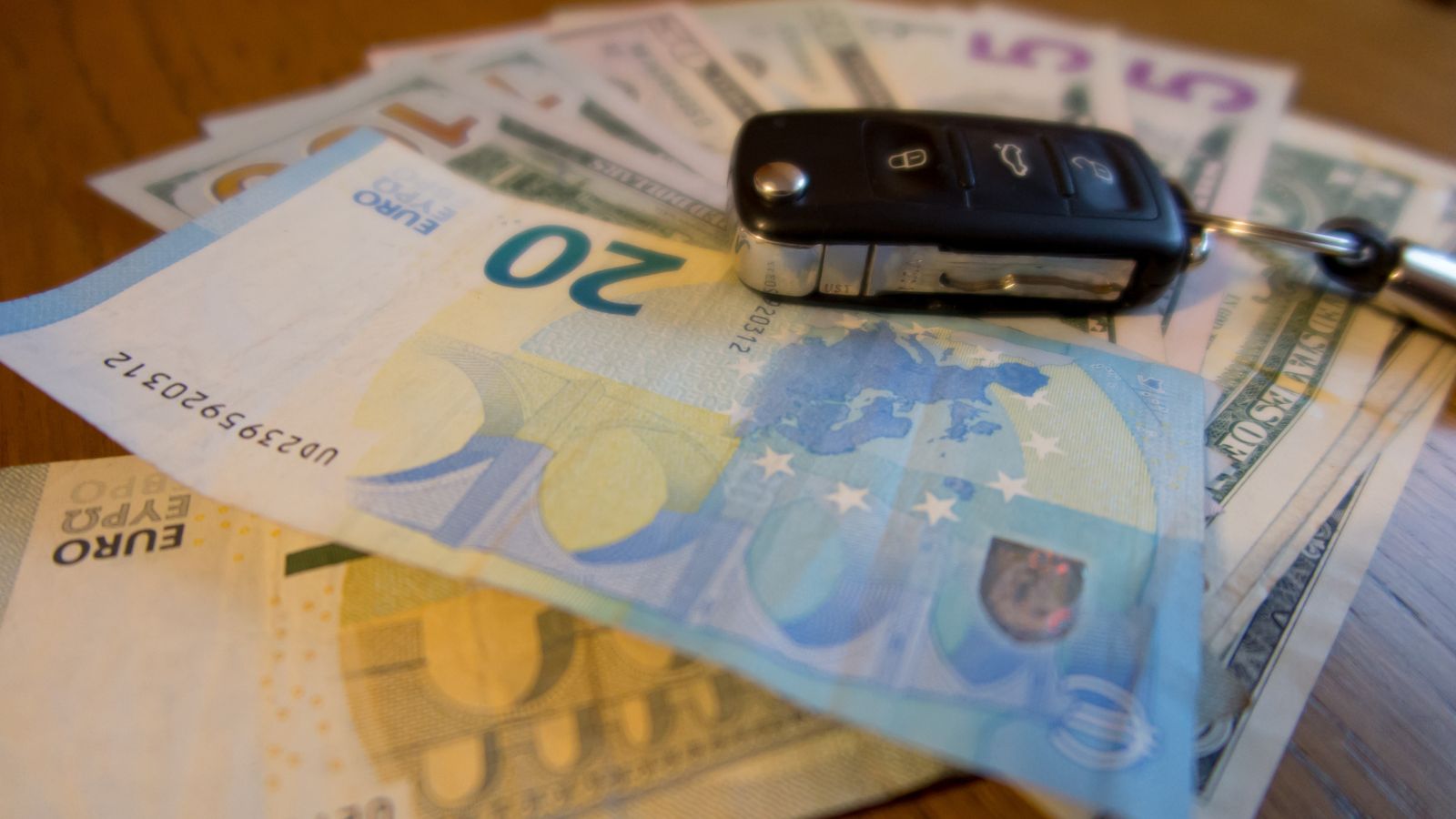
To protect themselves from long-term exposure to shifting tariff costs and unpredictable supply chains, many automakers are shortening the standard lease term. Where 36- or 48-month leases once offered balanced monthly payments and flexible mileage options, more programs now push 24- or 30-month terms. While that limits future risk for the manufacturer, it forces consumers into higher monthly costs due to steeper depreciation schedules. A shorter lease means paying more per month for the same car, and fewer incentives are offered on top.
Luxury Brands Are Passing Down the Cost
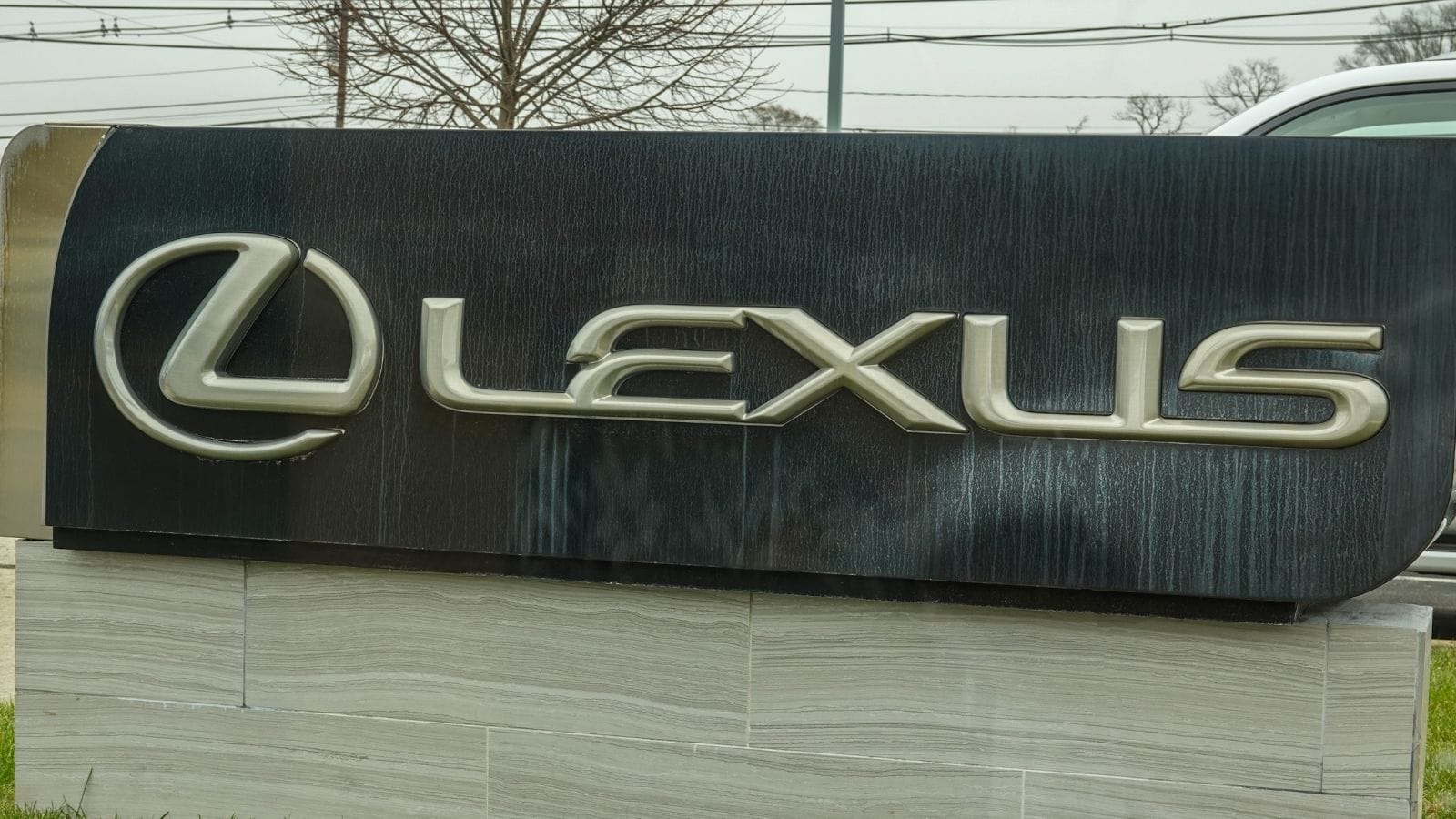
Premium automakers, such as BMW, Mercedes-Benz, and Lexus, have responded to tariff pressures by quietly incorporating higher costs into their Canadian lease programs. Whether the vehicle is assembled abroad or includes tariff-impacted components, the result is the same: reduced incentives and inflated lease rates. A compact luxury SUV that was once leased for $579 per month can now exceed $700, even with similar residuals. These brands rarely advertise the changes, and Canadians assume prices have gone up organically, not realizing that tariffs are the invisible culprit driving up those monthly payments.
Trade-In Values Are Getting Hit Too
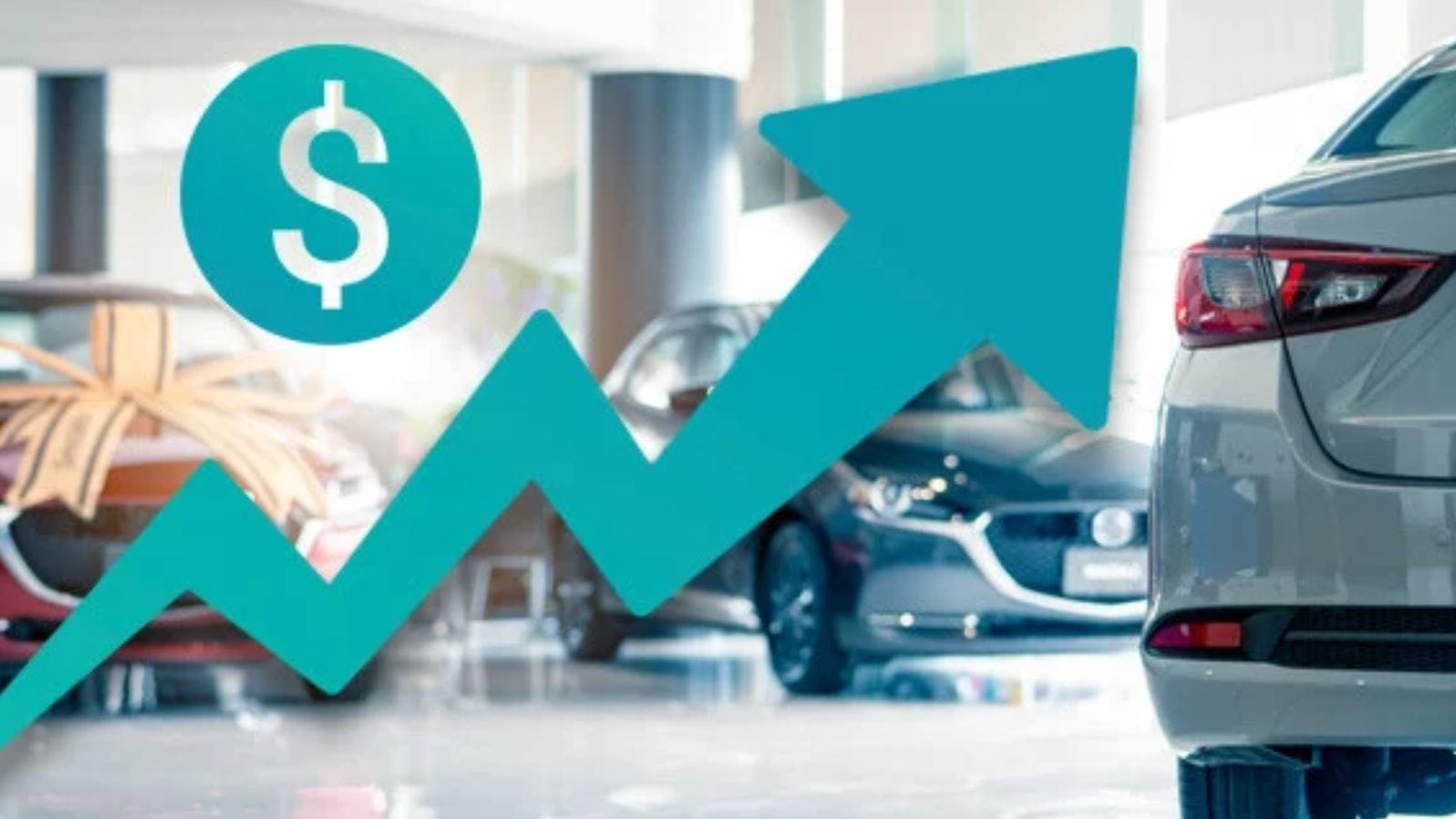
Tariffs increase the cost of new vehicles and also distort the value of used ones. Canadian dealers now face uncertainty when pricing trade-ins, especially if tariff changes could make your vehicle more expensive or less desirable overnight. Lower trade-in values mean less equity to roll into a lease, raising your effective monthly payment. Even when demand is high, dealers hedge their offers to avoid being stuck with inventory that might be more costly to certify or repair. For lessees counting on substantial trade-in value to offset costs, this new tariff-driven volatility makes it much more challenging to secure a fair deal.
Tariff Hikes Trigger Insurance Creep
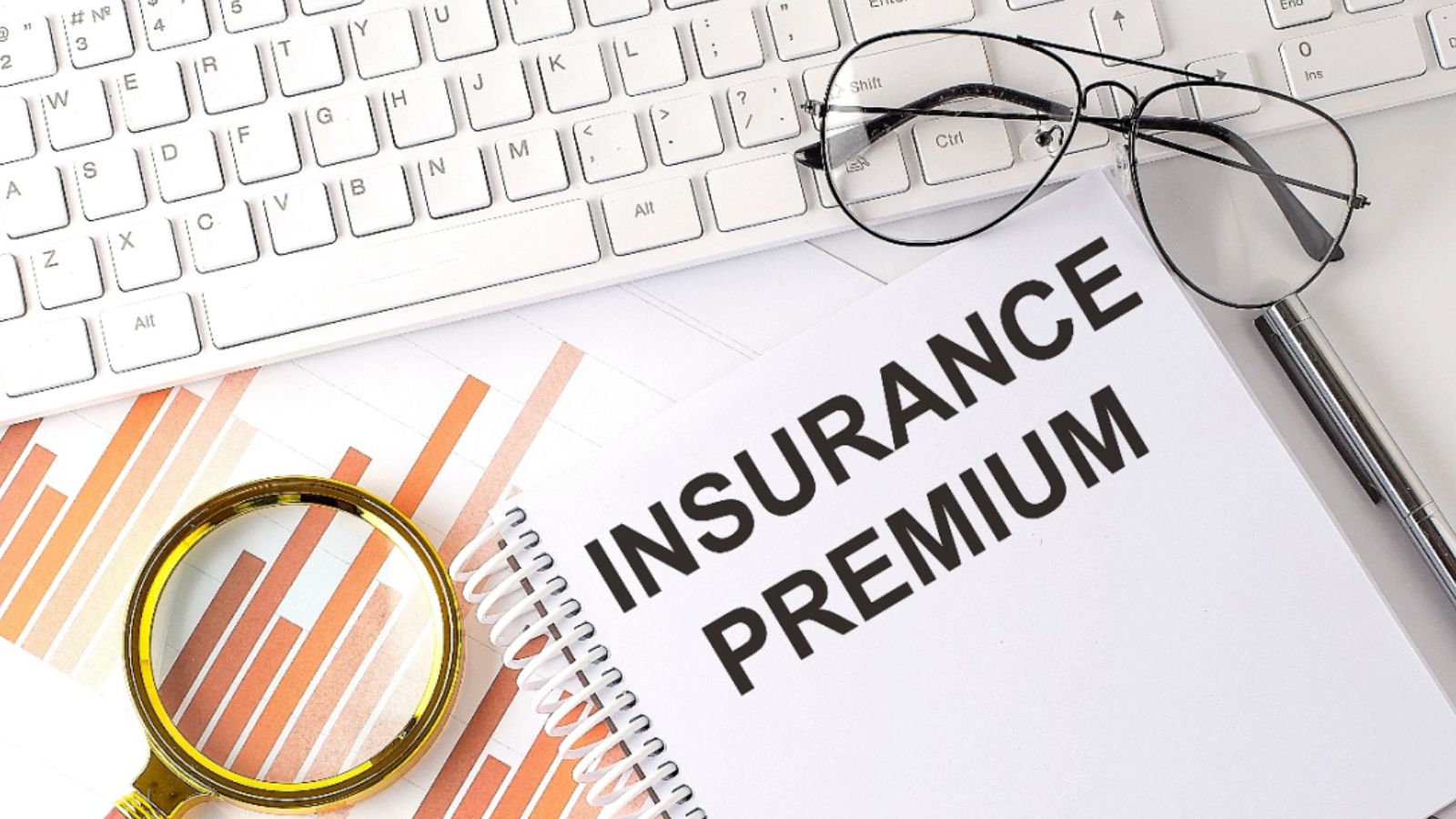
A lesser-known effect of tariff-induced vehicle price increases is that your lease insurance premiums may rise, too. When vehicles are more expensive to repair or replace due to pricier imported parts or tighter supply chains, insurance companies raise rates accordingly. That cost does not appear in your lease contract, but it is still deducted from your bank account. Monthly coverage for leased vehicles has increased, particularly for models with foreign-built components or high replacement values. Canadians may not associate tariffs with rising premiums, but insurers do and are already passing those costs on to lessees behind the scenes.
Automakers Are Repricing Mid-Cycle
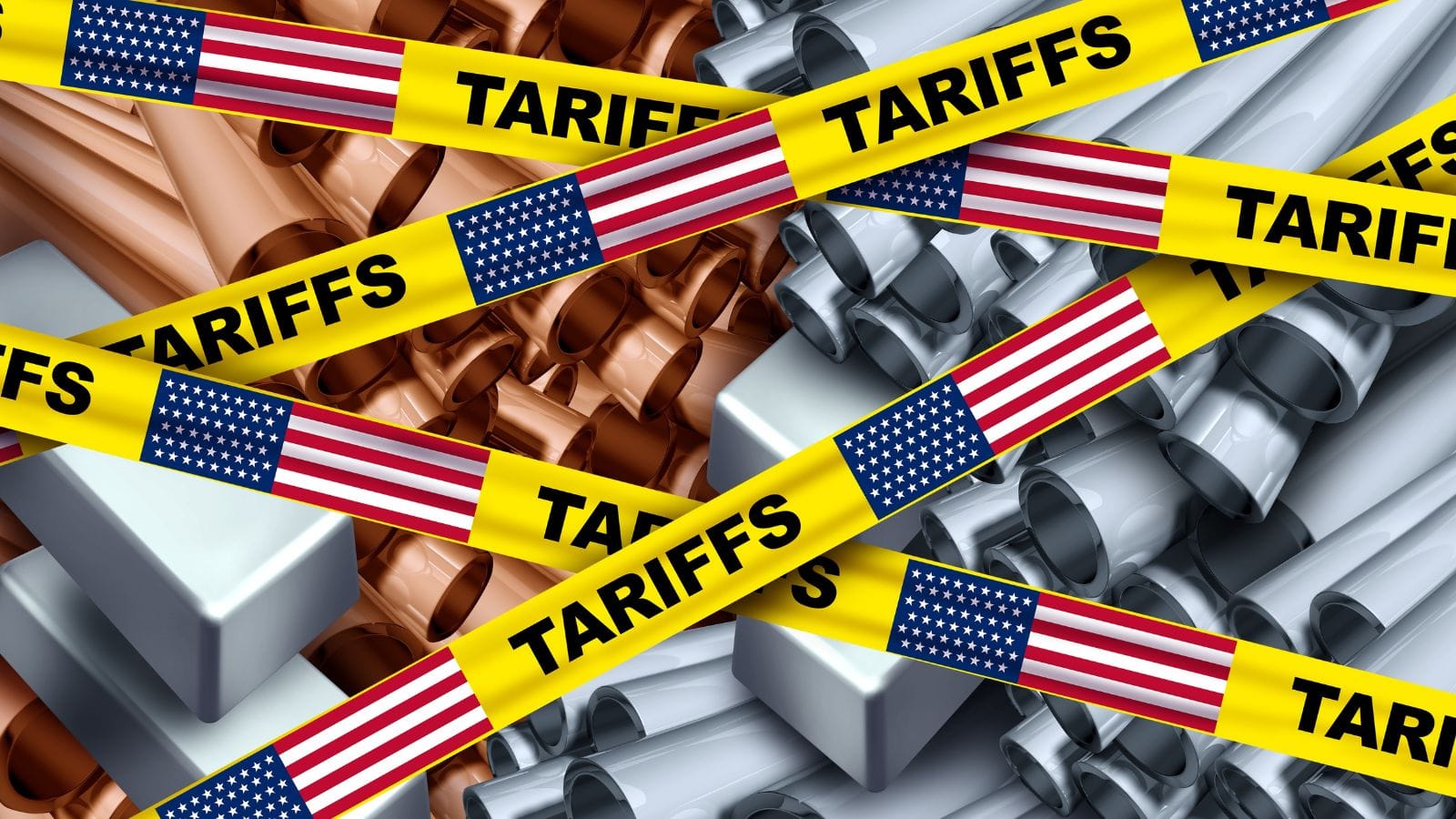
In a stable market, automakers maintain steady lease pricing throughout a model year. But tariffs have thrown that playbook out, and more manufacturers are now adjusting lease offers mid-cycle, sometimes multiple times in a single quarter, to reflect rising parts costs or changes in border duties. That means a lease quote from March could look very different by June, even if the vehicle hasn’t changed. For Canadians trying to time the market or shop around, this creates a frustrating guessing game.
No End in Sight Means Cautious Pricing

The most significant driver of inflated lease pricing is simple uncertainty. With no clear resolution to cross-border trade tensions, automakers and dealerships are pricing leases conservatively, building in buffers in case tariffs increase again. Even if the current rate holds, your monthly payment may still include what-if margins. That caution is spreading across the industry, leading to fewer incentives, tighter approval criteria, and less promotional risk-taking. Until tariff policies stabilize, Canadians leasing vehicles should expect inflated rates, not because the cars are better, but because the financial system behind them is bracing for the next shock.
21 Products Canadians Should Stockpile Before Tariffs Hit

If trade tensions escalate between Canada and the U.S., everyday essentials can suddenly disappear or skyrocket in price. Products like pantry basics and tech must-haves that depend on are deeply tied to cross-border supply chains and are likely to face various kinds of disruptions
21 Products Canadians Should Stockpile Before Tariffs Hit
